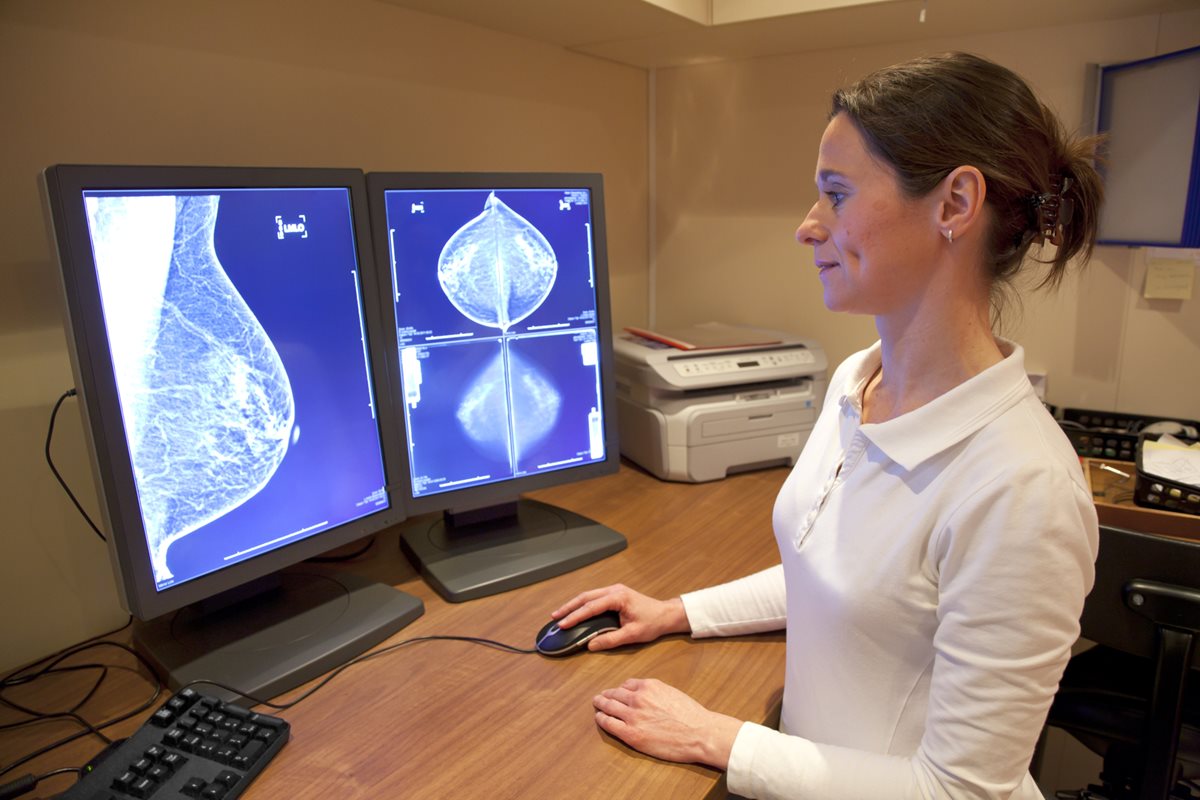Public Health England has published the detailed findings of the NHS Breast Screening Programme national workforce survey.
The results reveal extensive issues around staff recruitment and retention, with high vacancy rates potentially putting the breast screening programme at risk.
The report states: ‘Unless there are mechanisms to ensure that suitable training is available and recruitment is encouraged, the future of the screening programme will be at risk.
‘The programme currently screens 2.1 million women annually. The core screening population (50 to 70 years) is expected to increase by 8% by 2026 and demands from the age extension trial are likely to potentially increase the screening population by a further 28%.
‘A co-ordinated strategy needs to be formulated by key stakeholders to ensure sufficient workforce is trained to meet future demands of the programme.’
The findings reveal that:
- There is a 15% vacancy rate among the current mammography workforce.
- The workforce is ageing, with around half of all practitioners aged 50 plus and likely to retire in the next 10 to 15 years.
- Advanced practitioners currently have lower vacancy rates (5%), however, 62% of the workforce are aged 50 plus and only 17% are aged below 40 years.
Charlotte Beardmore, director or professional policy at the Society of Radiographers, explained the survey in more detail and reacted to its findings.
“The SoR was pleased to be invited to contribute to the design of the questionnaire about the radiographic workforce in breast screening services developed by PHE.
“The final report from PHE provides detailed evidence of the radiography vacancies in the breast screening programme.
“This report provides a picture of the challenges being faced by the service and backs up the evidence that the SoR has been providing to government for many years.
“Unfortunately, the lack of investment in the workforce is now impacting on the timely delivery of services to patients.
“The SoR has been lobbying for many years for investment in the radiography workforce and an increase in student radiographer commissions to meet this growing demand.
“Cancer is a high priority, and with the government focus on earlier diagnostics, it will be essential to ensure that there is appropriate investment in the workforce to support improvements and earlier diagnosis for patients.
“We are unsure how the changes in funding for radiography students (from bursaries to loans) from 2017 will impact on future radiography training numbers. This could present a further challenge in growing the workforce to meet increasing patient demand.
“Diagnostic radiography remains on the shortage occupation list. The breast screening workforce is made up of radiographers who undertake additional specialist training to deliver the breast screening programme.
“Implementation of advanced clinical practice radiography roles in the breast screening programme has provided improvements to service delivery.
“Advanced and consultant radiographic practitioners are able to report on mammograms, perform additional examinations such as breast ultrasound and provide additional support within the team delivering the breast screening programme.
“Together with the development of assistant practitioners, who take mammograms and generally provide the support for expansion of the radiographer role, we recognise that wider roll out of the career progression framework could also help in bringing about further improvements for patients.
“Funding is required though to support post registration education and training, and we understand that cuts in CPD funding by the government are preventing this vital development in some parts of the country.
“Positively, a working group has been established by PHE in relation to workforce. The first meeting was in October and the SoR are represented together with members of the radiographic professions.”
